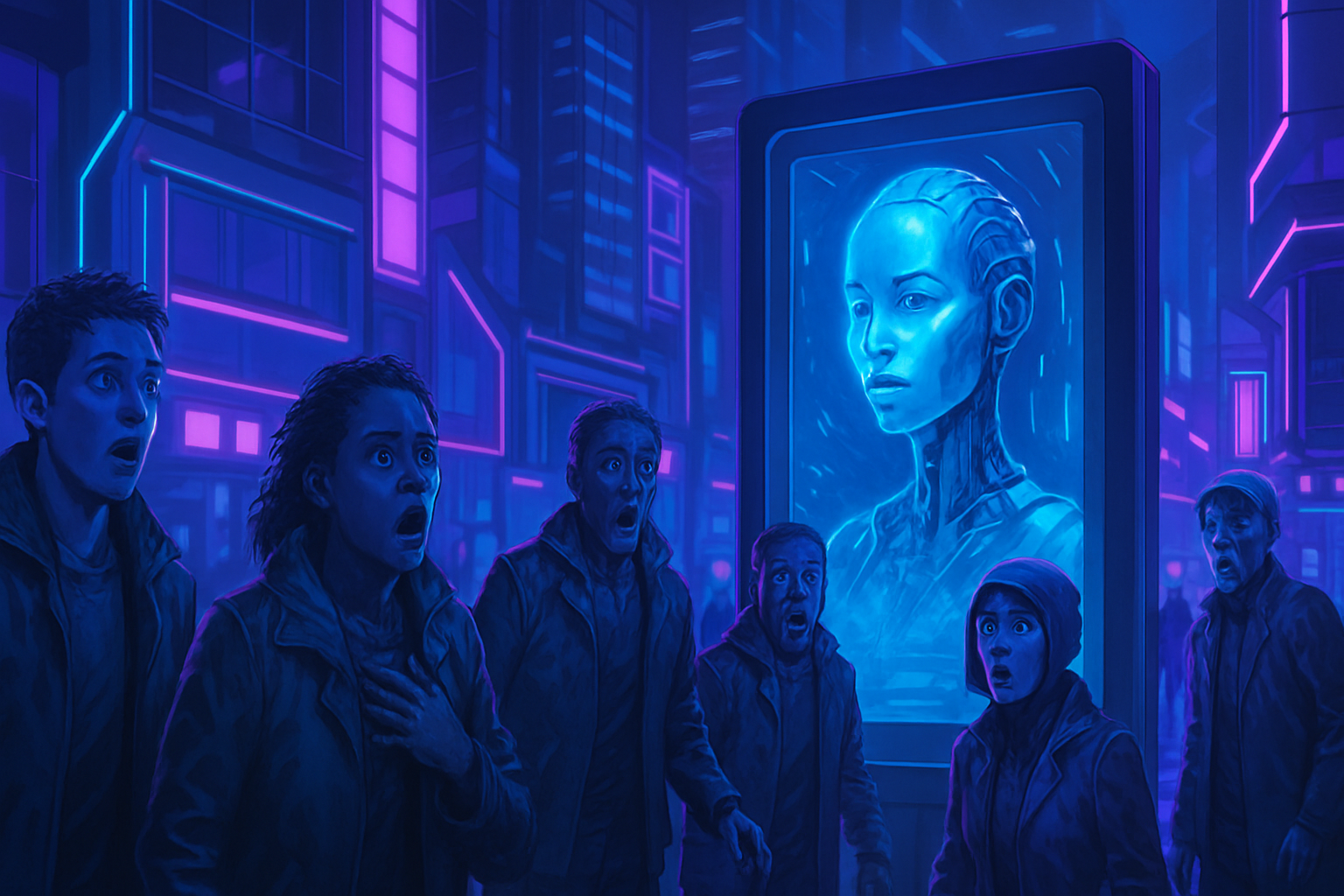The digital age demands unmatched performance in artificial intelligence applications, where speed and energy are paramount. A photonic processor emerges as the innovative solution for achieving ultrafast computations. This device, leveraging the properties of light, offers *exceptional energy efficiency* compared to traditional technologies based on electronics. This advancement translates into a significant reduction in processing times, enabling increasingly complex applications. The challenges related to data architecture and computing capabilities seem set to be redefined thanks to this technological revolution.
Progress in Optical Computing
Deep neural network models power modern machine learning applications, becoming increasingly complex. Traditionally, electronic hardware reaches its limits in processing these sophisticated systems. Photonics emerges as a formidable alternative, capable of executing calculations ultrafast and with remarkable energy efficiency. Optical devices offer a competitive solution, but some specific calculations still require the intervention of external electronic equipment, limiting speed and efficiency.
A Revolutionary Prototype
Researchers from MIT and other institutions have taken a decisive step by developing a new photonic processor. This integrated circuit can perform all essential operations of a deep neural network directly within the chip. The device’s performance is measured in terms of speed and accuracy, providing an accuracy level exceeding 92%, all in less than 0.5 nanoseconds for classification tasks.
Processor Architecture
The chip comprises a network of interconnected modules that form an optical neural system. Manufacturing utilizes commercial foundry processes, facilitating the scalability of the technology. This architecture allows for future integration with existing electronic systems, thus bringing a new perspective for various applications ranging from telecommunications to scientific research in fields such as astronomy.
Data Processing by Light
Deep neural networks integrate multiple layers of neurons to process input data. Each crucial process relies on algebraic operations, particularly matrix multiplication, essential for passing information from one layer to another. Non-linear operations, such as activation functions, enable models to learn complex patterns, making AI systems more effective.
Technical Challenges Overcome
A pioneer in the field, Englund’s research group had previously demonstrated limited capabilities in matrix multiplication by light. The inability to perform non-linear operations on the chip had long stalled the potential of these devices. Researchers had to convert optical data into electrical signals, increasing energy consumption and delaying processing.
Significant progress has been made thanks to the invention of non-linear optical functional units (NOFUs). These devices merge electronics and optics, maintaining all operations on the chip through an innovative system that integrates non-linear functions with light.
Minimal Latency and Efficiency for AI
Their research has led to the design of an optical neural network using three layers of devices for linear and non-linear operations. Light encodes the parameters of the networks, and a set of programmable beam splitters performs matrix multiplication operations, allowing for fast processing. Eliminating external amplifiers significantly reduces energy consumption.
The optical system achieves ultra-low latency, promoting efficient training of neural networks on the chip. This process, known as in situ training, marks a significant advancement in energy consumption compared to traditional hardware, opening endless possibilities for applications requiring real-time processing.
Future Applications and Perspectives
This photonic system has shown remarkable performance with over 96% accuracy during training tests. The integration of such technology could transform data center infrastructures and foster the development of optimized architectures for data analysis and telecommunications.
The manufacturing of the circuit occurs through the same process used for CMOS chips, thereby facilitating large-scale production while minimizing errors. Researchers envision exploring new algorithms leveraging the advantages of optics to enhance speed and energy efficiency.
Frequently Asked Questions about Photonic Processors and Their Impact on Artificial Intelligence
What is a photonic processor and how does it work?
A photonic processor uses light to perform calculations, unlike traditional processors that use electrical signals. This technology allows data processing at exceptional speeds leveraging the properties of photons, particularly their ability to travel without collisions.
How do photonic processors improve energy efficiency compared to electronic processors?
Photonic processors consume much less energy as they avoid power losses associated with converting between optical and electrical signals. By staying in the optical domain for most operations, these processors reduce the need for amplifiers that consume energy.
What are the main advantages of photonic processors in the field of artificial intelligence?
The main advantages include ultrafast computing speed, better energy efficiency, and the ability to process large amounts of data in parallel. This paves the way for advanced applications in AI in areas such as remote sensing, scientific research, and telecommunications.
What types of applications will benefit the most from photonic processors in AI?
Applications like image classification, voice recognition, and navigation systems will greatly benefit from photonic processors. Additionally, sectors requiring real-time processing, such as telecommunications and astronomy, will take advantage of this technology.
Can photonic processors completely replace existing electronic processors?
Although they offer significant advantages, photonic processors will not fully replace electronic processors in the short term. Instead, they will be integrated into hybrid systems where both technologies work together to maximize performance.
What is the duration of a computation performed by a photonic processor compared to an electronic processor?
A photonic processor can perform calculations in less than half a nanosecond, while electronic processors typically take several nanoseconds to execute similar operations. This speed allows for much shorter response times in critical applications.
What are the key challenges for the widespread adoption of photonic processors in the industry?
Key challenges include the possibility of large-scale manufacturing, integration with existing electronic systems, and the development of specific algorithms that exploit the strengths of photonic processors.






